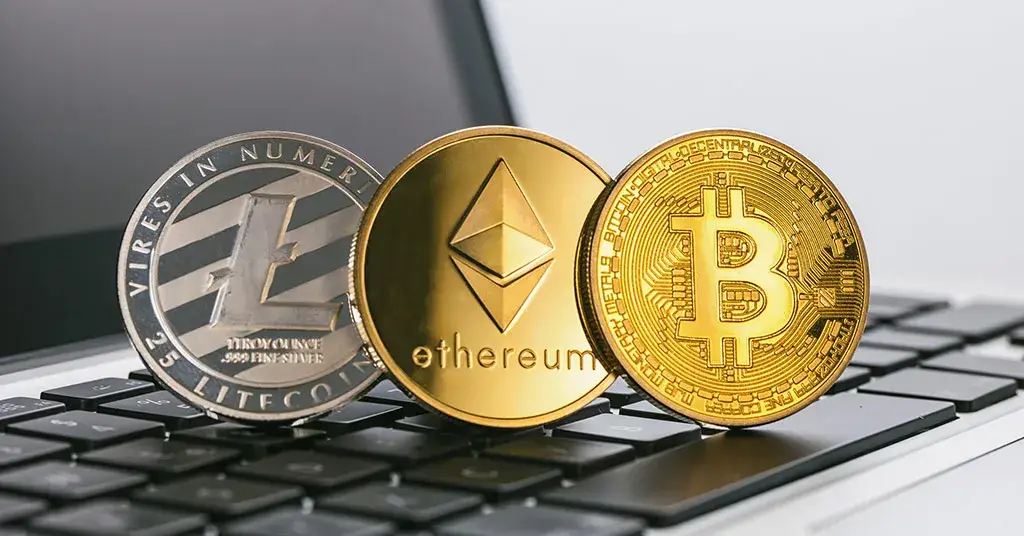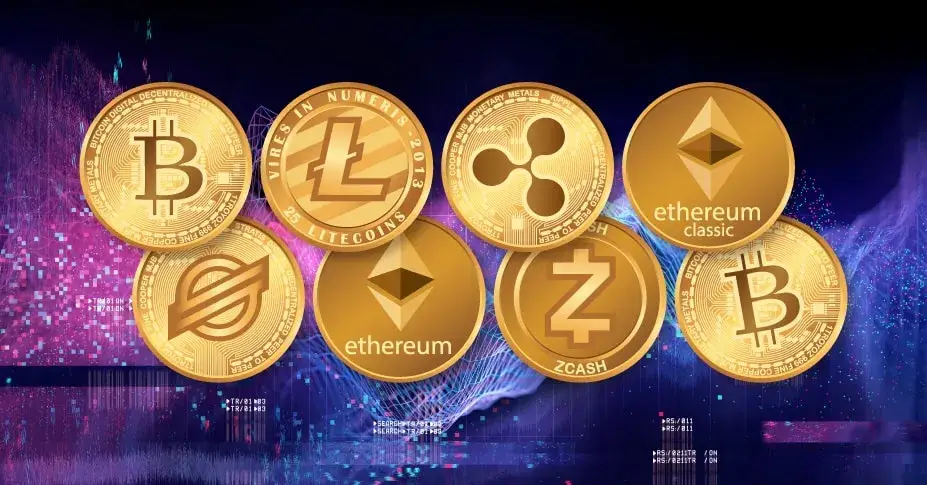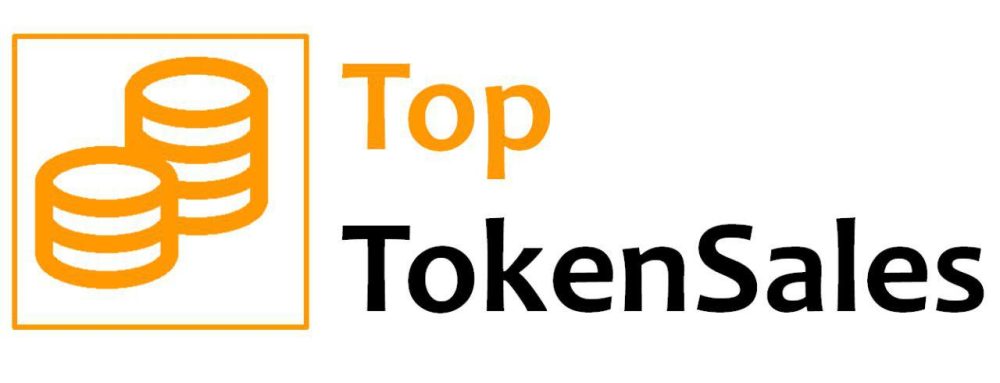The cryptocurrency market has reached new heights in recent years. Hundreds of digital assets are attracting the attention of investors, traders, and beginners alike. The most popular cryptocurrencies are not just financial instruments, but future technologies that are changing the world. Let’s look at the most popular and sought-after coins, their characteristics, and their prospects. This overview will help you understand which tokens are worth investing in and how to make an informed decision when investing in cryptocurrencies.
Pros and Cons of Using the Most Popular Cryptocurrencies
Using digital assets has many advantages and attracts millions of users worldwide. They offer a high degree of decentralisation and transparency thanks to blockchain technology:

- Security and Anonymity: Blockchain technology protects user data and transactions from hacking and fraud.
- Global Access: Cryptocurrencies are not tied to a specific country or bank. Transactions can be made anywhere in the world.
- Low fees: Unlike traditional bank transfers, crypto transactions can cost as little as a few dollars.
Disadvantages of the cryptocurrency market
Despite their many advantages, the most popular cryptocurrencies also have drawbacks:
- Volatility: Currency prices can fluctuate by 10 to 20% in a single day.
- Regulatory risks: Governments are constantly changing the rules of the cryptocurrency market.
- Complexity for beginners: For beginners, the world of cryptography can seem complex due to the many terms and processes involved.
Bitcoin is the leader among cryptocurrencies.
BTC is the first and most famous digital currency. Bitcoin was launched in 2009 by Satoshi Nakamoto and has become a symbol of the financial revolution. The most famous cryptocurrencies are often associated with this coin, due to its market capitalisation of over $500 billion. Details:
- Limited Supply: Only 21 million BTC will be issued, protecting the token from inflation.
- Mining: Mining is used to obtain new coins, which requires computing power.
- High Liquidity: Bitcoin is available on all major cryptocurrency exchanges, including Binance.
Ethereum: A platform for smart contracts
 ETH is the most popular cryptocurrency after Bitcoin. Ethereum was launched in 2015 by Vitalik Buterin and offers the ability to create decentralised applications (DApps). ETH is one of the best-known cryptocurrencies due to its widespread use within the blockchain ecosystem. Details
ETH is the most popular cryptocurrency after Bitcoin. Ethereum was launched in 2015 by Vitalik Buterin and offers the ability to create decentralised applications (DApps). ETH is one of the best-known cryptocurrencies due to its widespread use within the blockchain ecosystem. Details
- Smart contracts: Automated contracts ensure that transaction conditions are met without intermediaries.
- Upgrade to Ethereum 2.0: The move to proof-of-stake reduces energy costs and increases network speed.
- DeFi ecosystem: Ethereum supports most decentralised finance applications.
Avalanche: The new star of the cryptocurrency market
Avalanche (AVAX) is one of the fastest-growing platforms for building blockchain applications. Thanks to its unique architecture, the network offers high throughput and competitive pricing. The review of the most famous cryptocurrencies now also includes Avalanche due to its innovation and high performance. Details:
- High throughput: The network processes up to 4,500 transactions per second.
- Compatibility: Avalanche supports the development of smart contracts using the Solidity language.
- Decentralization: The system is composed of thousands of independent validators.
Application:
- DeFi platforms: Many projects use Avalanche to create financial applications.
- NFT marketplaces: AVAX’s low fees make it an ideal platform for NFT trading.
How to choose which cryptocurrencies to invest in?
To invest successfully, you need to consider several factors that will help you minimize risks and increase your chances of making a profit. The most popular cryptocurrencies have different characteristics. Careful selection is therefore essential to ensure the reliability of solutions:
- Market capitalization: A high number indicates the stability and popularity of cryptocurrencies among investors.
- Blockchain technology: Understanding the technological foundations helps assess growth potential. Coins that use innovative solutions such as smart contracts, fast transactions, or low fees often attract more users and developers.
- Transaction cost and speed: Fast and cost-effective transactions are attractive to users, especially those who actively trade or use cryptocurrencies for payments. The speed at which transactions are confirmed also plays an important role: some blockchains confirm transactions in seconds, while others take minutes or even hours.
- Community and developers: An active community and development team ensure the continuous development of the project. Actively supported coins often receive updates and improved features.
- Regulatory risks: Each country has different regulations for digital assets. When choosing a currency, you should consider the extent to which you are permitted to use it in your jurisdiction and any restrictions that may apply.
Popular Investment Strategies
Let’s examine different approaches that will help you effectively manage investments in the most popular cryptocurrencies:

- Long-term investing: With this method, you purchase cryptocurrency and store it for several years. Bitcoin and Ethereum are considered ideal candidates for long-term investments due to their stability and widespread acceptance.
- Short-term trading: Taking advantage of market volatility to make quick profits requires active participation and analysis. Popular cryptocurrencies like BTC, ETH, and Avalanche offer high liquidity, enabling fast transactions on cryptocurrency exchanges.
- Diversify your portfolio: Investing in multiple currencies reduces risk and increases your chances of success. For example, by combining Bitcoin, Ethereum, and promising altcoins, you can balance your portfolio. Staking and Yield Farms: Some tokens allow you to earn passive income by staking or participating in liquidity on decentralized exchanges.
- Arbitrage: Buying a cryptocurrency on one exchange and selling it on another to profit from the price difference. This method requires rapid response and access to multiple platforms simultaneously.
Conclusion
 The most popular cryptocurrencies offer unique opportunities for investors and users. Bitcoin, Ethereum, and Avalanche have different characteristics and perspectives. Choosing the right assets requires careful analysis and market understanding. Cryptocurrencies are the technologies of the future that continue to change the financial world.
The most popular cryptocurrencies offer unique opportunities for investors and users. Bitcoin, Ethereum, and Avalanche have different characteristics and perspectives. Choosing the right assets requires careful analysis and market understanding. Cryptocurrencies are the technologies of the future that continue to change the financial world.
 en
en  de
de  ar
ar  es
es  nl
nl  hi
hi  fr
fr  it
it  pt
pt  el
el 









